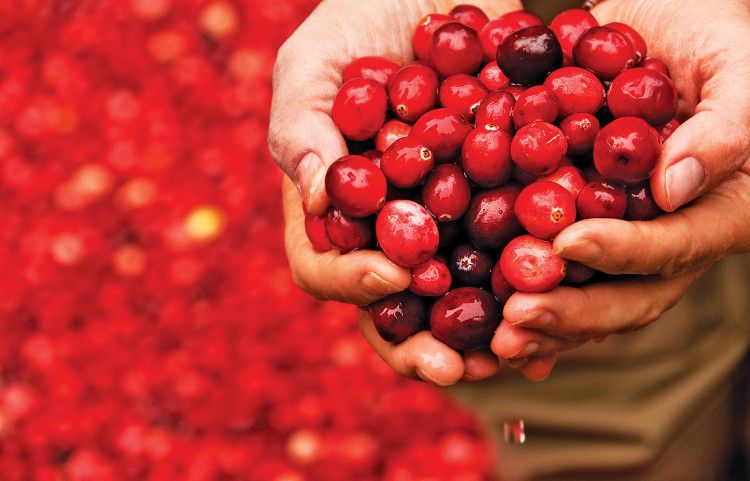Fruit d’Or is testing cranberry products from other suppliers to bring awareness about inconsistent industry standards
Fruit d'Or, a supplier of standardized cranberry juice powder and extracts, wants to bring accountability to the category by testing the products of other suppliers and make consumers and manufacturers aware of the inconsistency in quality across the category.
Photo © iStockphoto.com/WilshireImages

Fruit d’Or Nutraceuticals (Villeroy, QC, Canada) has announced that it will be conducting tests of more than 20 finished products made with cranberry powder from other suppliers, in an effort to hold accountable those selling inferior materials that lack efficacy as well as promote higher standards, and quality-control protocols. The products will be tested for soluble PAC levels, anti-adhesion activity, and possible foreign contaminants. The results of the tests will remain confidential, but Fruit d’Or will report its findings to each company.
“Unfortunately, some manufacturers and consumers are being misled,” says Stephen Lukawski, director of sales and business development for Fruit d’Or, in a press release. “We need to put suppliers and manufacturers on notice that certain suppliers are disguising low-quality, non-standardized cranberry as quality cranberry.”
Citing a 2012 study in which only four of 19 cranberry products tested provided the recommended dose of 36 mg of PAC/day, Lukowski states, “We cannot let a few bad players continue to hurt the credibility of the cranberry industry and affect all the good work that other manufacturers are doing. We need to raise the bar of entry for suppliers with higher quality standards such as DNA for authenticity, prevention of adulteration, and more testing to determine efficacy and standardization.”
Testing will be conducted by Christian Krueger, CEO, of Complete Phytochemical Solutions, LLC, using the DMAC test method, with reference standards A2 and C-PAC. “The 4-(dimethylamino) cinnamaldehyde (DMAC) assay is the preferred method for quantification of soluble (extractable) PAC,” explains Lukawski in a press release. “This method was included in the 2016 American Herbal Pharmacopeia cranberry monograph, a guidance document for standards of analysis and quality control.”
After testing for PAC content, the samples will then be tested for uropathogenic bacterial anti-adhesion by Amy B. Howell, PhD, associate research scientist at the Marucci Center for Blueberry and Cranberry Research at Rutgers University. Then, the samples will be sent to USP to determine whether there is any adulteration from foreign contaminants.
The variation in testing methods is another reason for the inconsistency in quality across the marketplace, says Lukawski. “What we’re seeing now is some manufacturers chasing different test methods to obtain test results to get higher PAC levels,” he states. “Fruit d’Or, with support from leading experts in the cranberry industry, will be offering manufacturers accurate and reliable test results to confirm that their product is what they think it is…and that it does what they are telling consumers it does.”
Prinova acquires Aplinova to further increase its footprint in Latin America
April 7th 2025Prinova has recently announced the acquisition of Brazilian ingredients distributor Aplinova, which is a provider of specialty ingredients for a range of market segments that include food, beverage, supplements, and personal care.










